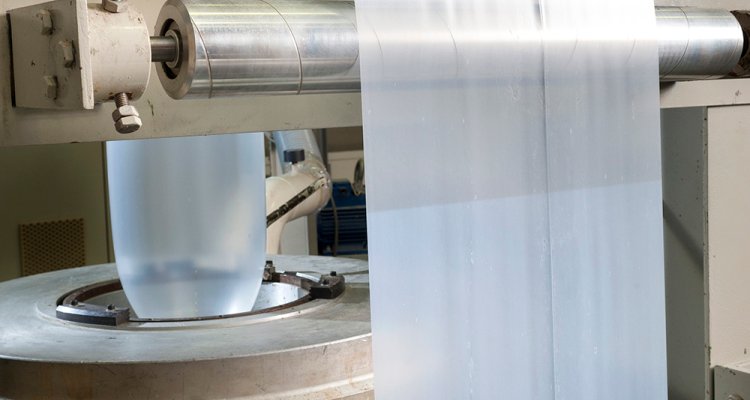
Sustainable plastics based on renewable raw materials
The market for biobased plastics is growing fast. Bioplastics are made from renewable raw materials and often score better in terms of sustainability than plastics from fossil origin. Some renewable plastics are even biodegradable. Wageningen Food & Biobased Research helps companies to develop biobased plastics and products based on these materials with the right functional properties.
Bio-degradable and drop-in bioplastics
In many industries, companies are looking for bio-based plastics as alternatives to plastics from fossil resources. Renewable plastics like PLA or PHA’s and starch-based plastics then offer opportunities. These plastics can be used to develop biodegradable products (see also our scientific report: Bio-based and biodegradable plastics – Facts and Figures). The demand for 'drop-in bioplastics' is also increasing. These are renewable plastics that are chemically identical to their fossil equivalents, but with the great advantage that they are made from renewable raw materials. Examples of these drop-in bioplastics are bio-PET, bio-PE and biobased nylons.
Leader in research into bioplastics
Since the early 90’s Wageningen Food & Biobased Research has been working with industrial partners on the research and development of bioplastics for a wide range of products. We do this on a lab scale, pilot scale and semi-industrial scale. With our research into bioplastics we are leading in Europe. For example, we are examining how we can improve properties. Think of sustainability, temperature and water resistance and mechanical properties. We also help companies with solutions to produce and use biopastics at low cost.
Plastics from furans and isosorbide
Bioplastics have a lot of potential. The big challenge is to use building blocks that are sustainable and at the same time have a low cost price. That is why Wageningen Food & Biobased Research is conducting research into a new group of bioplastics based on building blocks that can be produced efficiently. Examples are plastics based on furans and isosorbide. An additional advantage is that these new bioplastics have interesting barrier properties and a high maximum usage temperature.
Collaborate?
Ready to discover the possibilities bioplastics offer your company? We will be happy to talk to you.